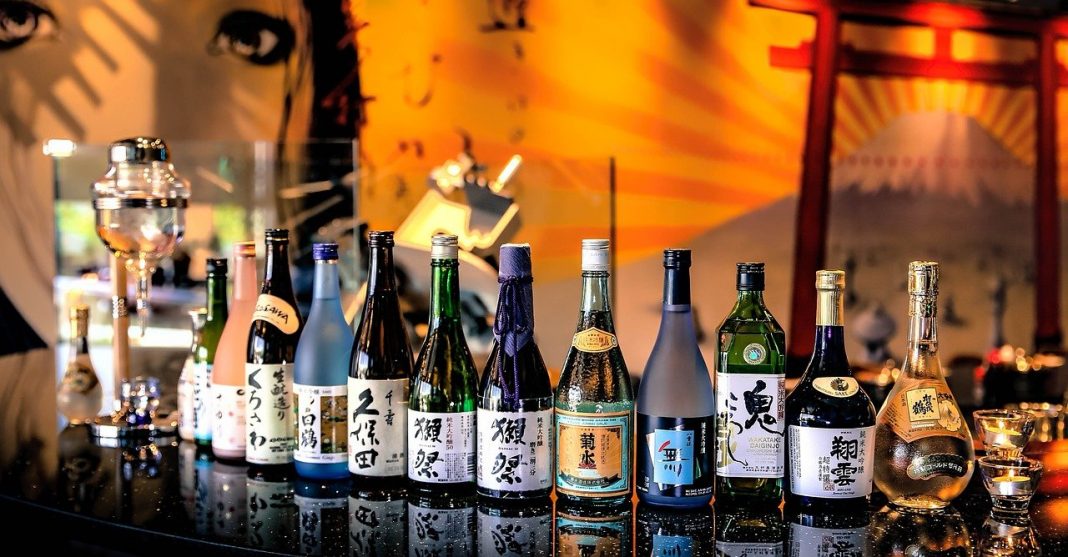We’ve previously published a beyond-the-basics guide to understanding sake, and now we’ll take you to some of the famous sake regions in Japan. Save this page as it will come in handy for your next trip to the Land of the Rising Sun!
Not All Sake is Created Equal
In Japan, sake, also known as nihonshu, is made from only four ingredients: rice, water, koji mold, and yeast. With such fundamental components, each resource must be carefully selected and processed.
You might be wondering if the concept of terroir is common in Japanese sake. In this case, the answer is both yes and no. Traditionally, Japanese sake is more concerned with craftsmanship than with the environment factor as the ingredients can be sourced from different parts of Japan. But it is also important to know that sake brewed in different parts of Japan can vary in taste considerably due to factors like water quality.
Quality of Water
Water is used in large quantities at almost every stage of the brewing process (approximately 30 times the volume of the finished product), and roughly 80% of a bottle of sake is water. As a result, water quality is critical in determining the taste and character of a sake.
Different Regional Styles of Sake
Contrary to wineries, sake breweries do not cultivate their own rice with the exception of breweries located in the Hyogo prefecture. For this reason, many sake breweries located in other parts of Japan will source their rice from Hyogo prefecture, which is renowned for its quality rice.
Terroir for Japanese sake was only adopted in the 2000s, when the Japanese government saw an increase in demand for Japanese liquors abroad. As a result, the Geographical Indication was created to safeguard sake-producing regions while allowing sake breweries to market themselves more effectively. The principle is comparable to that of Champagne in France.
With the Geographical Indication, sake breweries can promote the locality as one of the liquor’s characteristics. For example, if the sake bottle has the geographical indicator “Hakusan,” the sake brewery must meet certain conditions, such as brewing the sake with water from Hakusan City, Ishikawa Prefecture.
Famous Sake-producing Regions in Japan
Japan is made up of different islands that stretch from north to south, and there are in total 47 prefectures. Here we spotlight three famous sake-producing regions and their major sake brands.
1. Nada, Hyogo
Hyogo Prefecture is Japan’s largest sake-producing region, owing to its abundance of high-quality rice. It is also one of the best, with the Nada district famous for its sake since the Edo period (1603-1867). Nada is particularly well-known for its Miyamizu (Heavenly) spring water, a semi-hard variety that is uncommon in the Kansai region. It contains the perfect balance of minerals for producing sake and has been the trademark of Nada’s sake.
\
View this post on Instagram
Hyogo is also home to some of Japan’s most skilled and respected toji (Sake brewmasters). Kiku-Masamune, Ozeki, and Hakushika are three of the most well-known sake breweries in Nada.
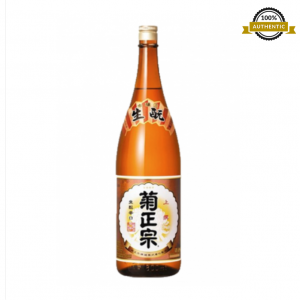

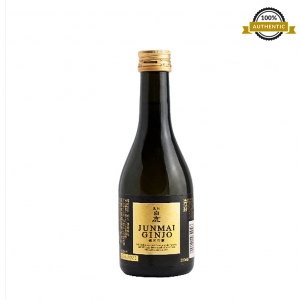
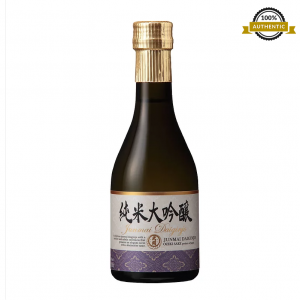
2. Fushimi, Kyoto

When the word Fushimi is mentioned, the first thing that comes to mind is the Fushimi Inari Shrine, which has thousands of Toriis (Red Gateways) and is one of Kyoto’s most popular tourist attractions. Apart from the popular shrine, Fushimi is also home to the largest Sake brewery in Japan, Gekkeikan.
View this post on Instagram
The biggest factor contributing to its excellent sake is its natural water source. Fushimi has undulating terrain, with three rivers flowing around the gently sloping Momoyama Hills: the Ujigawa, Kamogawa, and Katsuragawa. Naturally, sake production flourishes in this area. Since then, Fushimi has come to be associated with high-quality sake, which has evolved and grown alongside the city.
The water in this area is often described as smooth with moderate amounts of minerals that allow fermentation to progress slowly, allowing the harshness of the alcohol to be removed during the fermentation process, resulting in sake with minimal acidity, smooth, and slightly sweet.
Locals refer to sake from Fushimi as onna-zake (woman sake), whereas strong sake from Nada, with its dry taste due to the use of hard groundwater, is referred to as otoko-zake (man sake).
Today, Kyoto is number two behind Nada in terms of sake production volume.
View this post on Instagram
If you’re planning a trip to Kyoto, be sure to include a trip to the Gekkeikan Okura Sake Museum for the Fushimi-style sake tasting experience. (Pro tip: Best spot for cherry blossom viewing too!)
3. Saijo, Hiroshima
Saijo in Hiroshima Prefecture has plenty of water but they were initially deemed unsuitable for producing high-quality sake as it is too soft with its low mineral content.
However, with the advent of ginjo-style sake which requires soft water for a slow fermentation to develop the fruity ginjo aromas, Saijo soon makes its way to the list of famous sake-producing regions. This is also the work of a scientist, Senzaburo Miura, whose primary field of study was water. He developed a novel method for brewing high-quality sake from soft water, and Hiromashima became known as the birthplace of Ginjo-style sake.
Within half a mile of the JR Saijo Station, there are eight major Sake breweries. Kamotsuru is Saijo’s most well-known brand for ginjo-style sake and this brewery has been at the forefront of rice polishing technology.
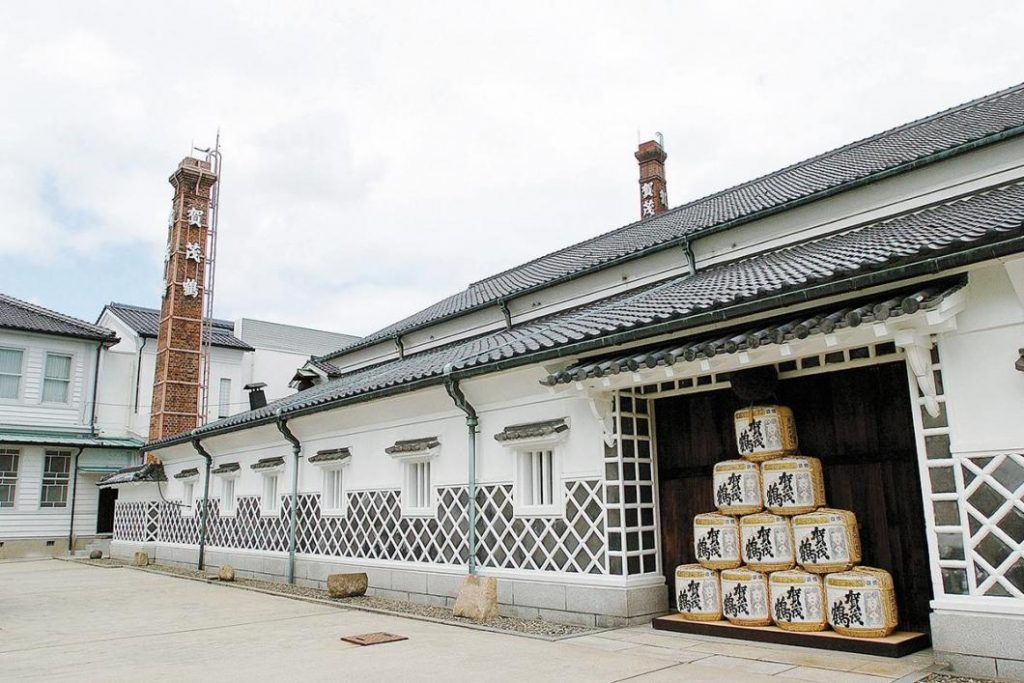
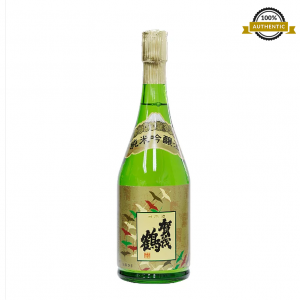
View this post on Instagram

